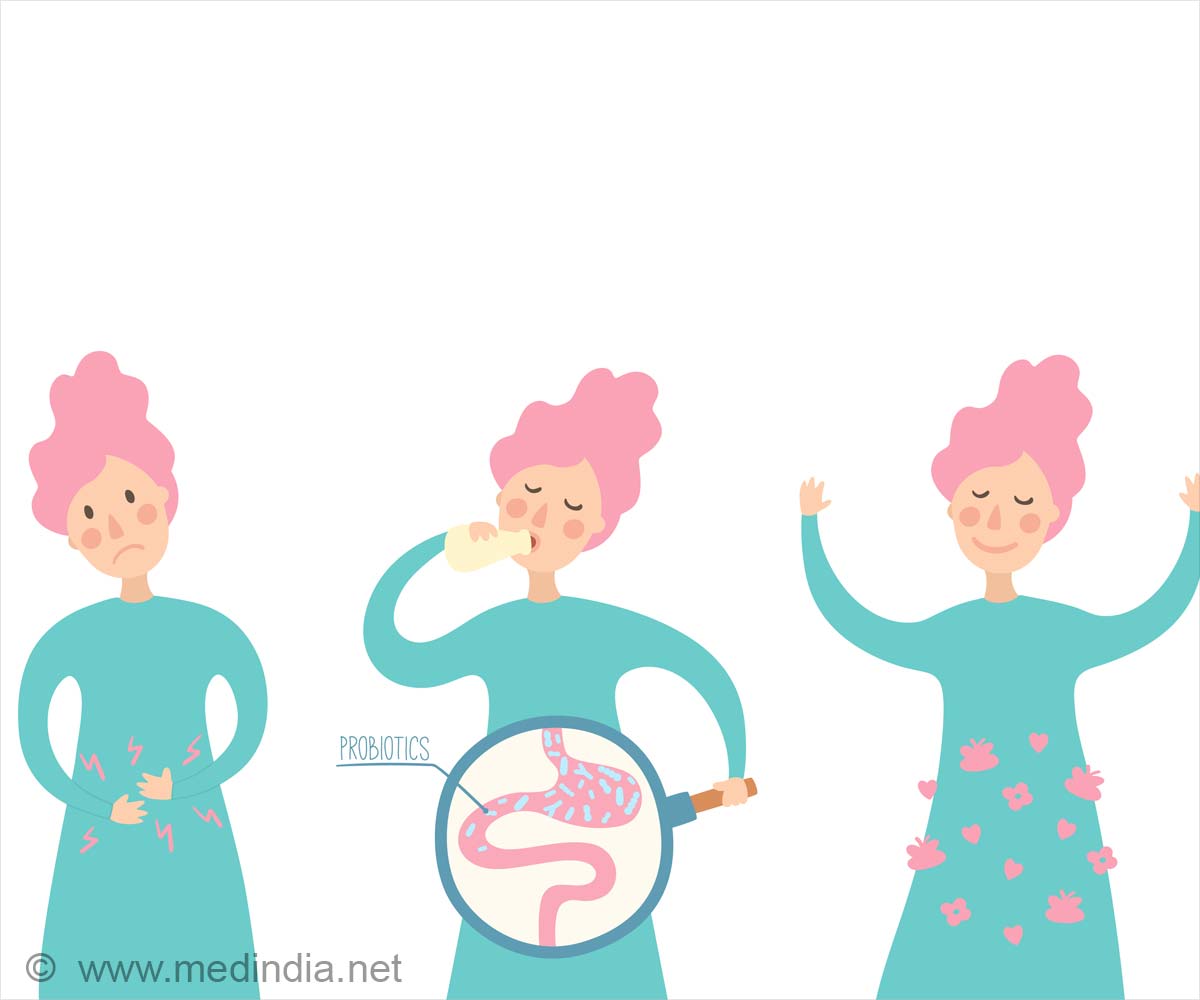Study finds that social connections influence gut microbiomes, highlighting health risks and benefits linked to microbiome sharing.

- Friends and acquaintances share similar gut microbiomes
- Social interaction frequency increases microbial sharing
- Microbiome health benefits can spread within social networks
Importantly, friends and acquaintances, not merely family or people living in the same household, have similar microbiota establishing the role of social networks in shaping the microbial landscape of our gut. Published earlier in Nature by Yale, the study demonstrates that human social interactions influence the structure of gut microbiota (1✔ ✔Trusted Source
Gut microbiome strain-sharing within isolated village social networks
).
In total, social and microbial data were collected from 1,787 adults in eighteen geographically isolated communities in Honduras. This included surveying social networks and sampling the microbiome from the participants, who were found to harbor 2,543 microbial species and 339,137 strains. It showed that the microbiomes of connected people were more similar than would be expected at random, and this was true even if one compares them based on factors such as diet, water intake, and medications.
Insights on Social Influence and Microbiome Dynamics
Microbiome Sharing and Friendship
- Strongest Connections: The most important microbial overlap was documented in spouses and cohabitants, or those who live in the same households.
- Non-Household Sharing: Nonetheless, peripheral members of a given individual’s social network shared a highly similar microbiome as the individual, as well as their close friends and second-degree contacts – friends of friends.
- Social Centrality: Core members of social networks had microbiomes that were more similar to villagers than peripheral members.
Frequency of Interaction
- There was a positive correlation between social contacts, such as shared meals, greetings, handshakes, hugs and or kisses and microbial exchange.
Villages and Social Isolation
- Patients complained of diabetic nephropathy who had no social contacts within the same village clustered fewer microbial genes.
- Interestingly, microbial similarity was even lesser when two people belonged to different villages.
Long-Term Similarity
- A check on the 301 participants after two years revealed that closely related people still remained microbially similar but to an even greater extent.
Implications
Health Risks: The study indicates that diseases or health conditions associated with microbiome may be more infectious than previously thought hence posing serious infection risks of microbiome related illnesses.
Health Benefits: Similarly, the fact that positive features of a healthy microbiome may be acquired through social contact may suggest that the achieved health status increases within interconnected populations.
This study also just proves the reality that humans are connected not only socially but also in microbial networks. It should be noted that social networks seem to make new specific environments that may also define the variety and potential threats and opportunities of microbes. These results reveal novel approaches to exploring the links between social processes and biological responses in human organisms and their health.
Reference:
- Gut microbiome strain-sharing within isolated village social networks – (https://www.nature.com/articles/s41586-024-08222-1)
Source-Medindia



